Driving through Muscat and Oman; a most surprising destination
Muscat and Oman were an eye-opener. Beautiful, friendly, fascinating and a blend of ancient and ultra modern, it is a great place to visit.
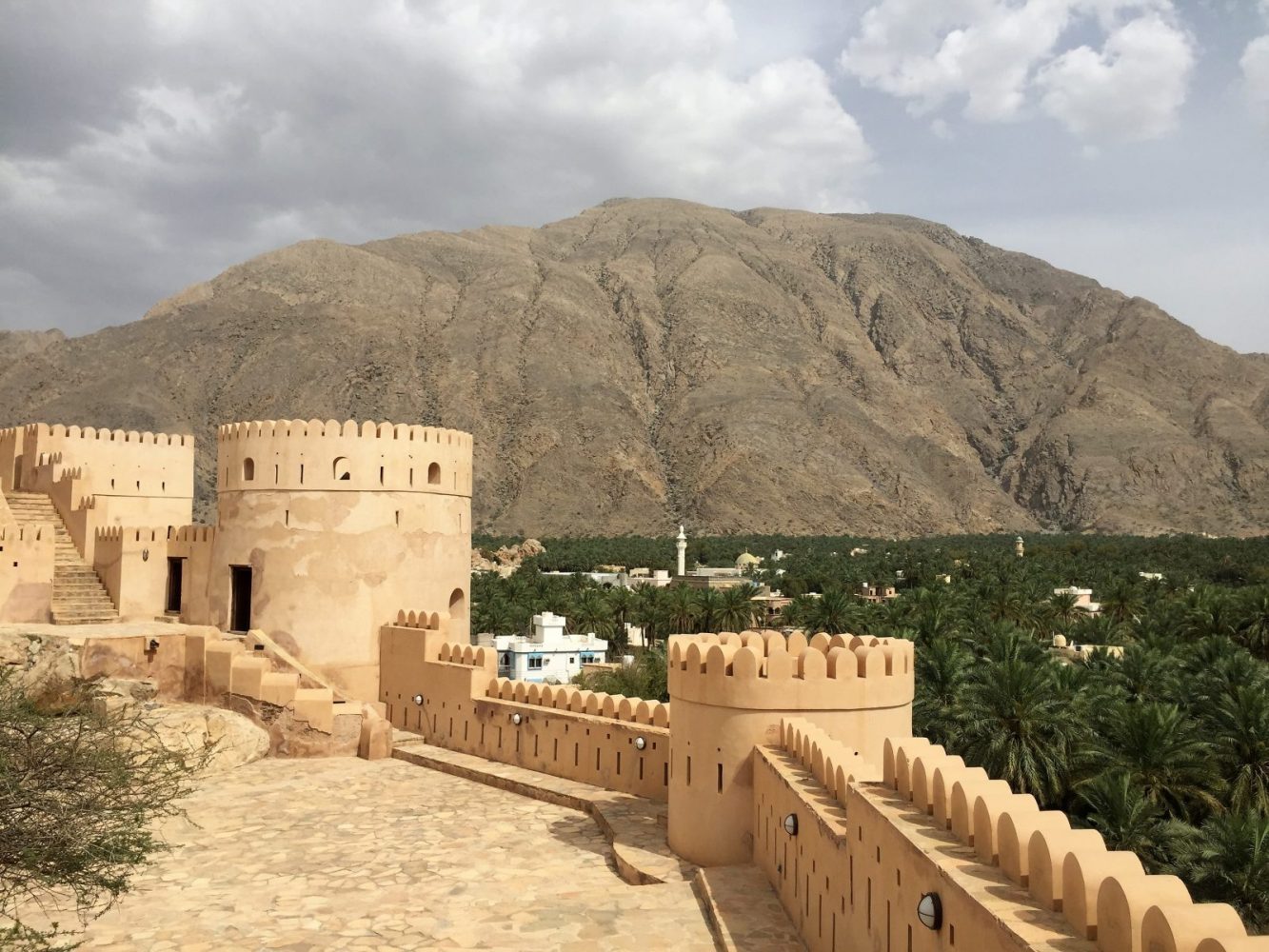
Travelling to Oman seemed so exciting and demanding; careful planning for visas, car insurance, hotels and every other facet of travel was indicated. However, as it turned out, visiting The Sultanate of Oman is a true joy, simple and an experience like no other.
I drove 1,200 kilometres through the country, and wished that I had given it more time to explore.
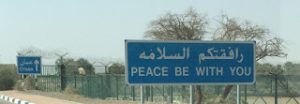
From the welcoming message as I crossed the UAE border to the universal greetings I received from everybody I met, I was completely mesmerized, and astonished to find out just how little I knew about this surprising country.
Oman is old; very old indeed, and once a great geographical power throughout the Indian Ocean and beyond. Indeed, its last major dependency was the island of Zanzibar which only joined Tanganyika to create Tanzania in the mid 1970s. It was a formidable country.
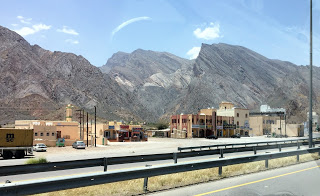
Yet in 1970, there were only two paved miles of roads in Oman, four schools and consequently little or no development. But there was oil, and in the personage of His Majesty Sultan Qaboos bin Saed, a mind focused completely on developing his country. He spent the decade of the 1970s travelling through the land talking and listening to his people, and in about 1980 embarked on a thirty-five year (so far) development scheme the like of which it is impossible to imagine.
He is a remarkable man; his father ensured that he studied, and in order to properly develop the skills necessary for the task of nation building he saw in it a military parallel, and sent him to Sandhurst for several years. While the transition from father to son was not entirely peaceful, clearly the lessons were well learned, and today his achievements are visible everywhere and his work reaches into every corner of the country.
Unlike the neighbouring Emirates, Oman’s way is to do things unobtrusively. They join no wars, they fight no battles; they are the region’s peacemakers and political deal-makers, and one imagines that its corps of diplomats are kept very busy indeed. Quietly and with dignity is the Omani way.
And unlike its neighbours, Oman was not turned into a Theme Park.
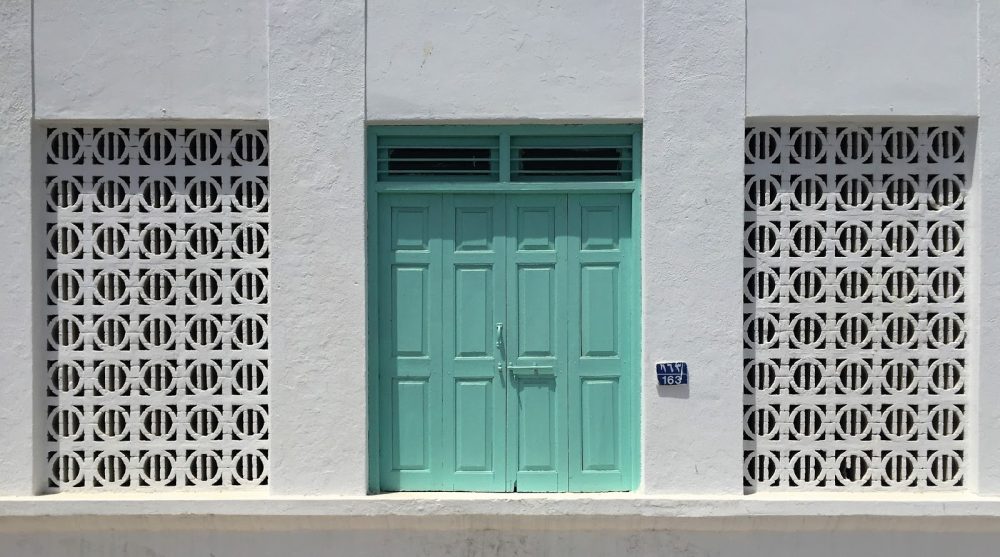
Adhering to strict regulations about the style of architecture, the country grew. Massive six-lane highways link the major centres, tremendous ports were built, cities designed and created and infrastructure laid to every corner of the nation. But first, before any of the major construction work, schools and hospitals were spread throughout Oman, because without the basic ingredients of education and health, it would be impossible to develop the nation.
And so today, as this Herculean achievement has been quietly evolving, Oman has become a wonder for visitors. Its cities, while new, are fascinating; the old port towns still retain a strong air of historical continuation, and their souks are fascinating places to explore, haggle and buy. The community of Muttrah, adjacent to Muscat, is delightful, and a fine place to get a feeling of this unique part of the world.
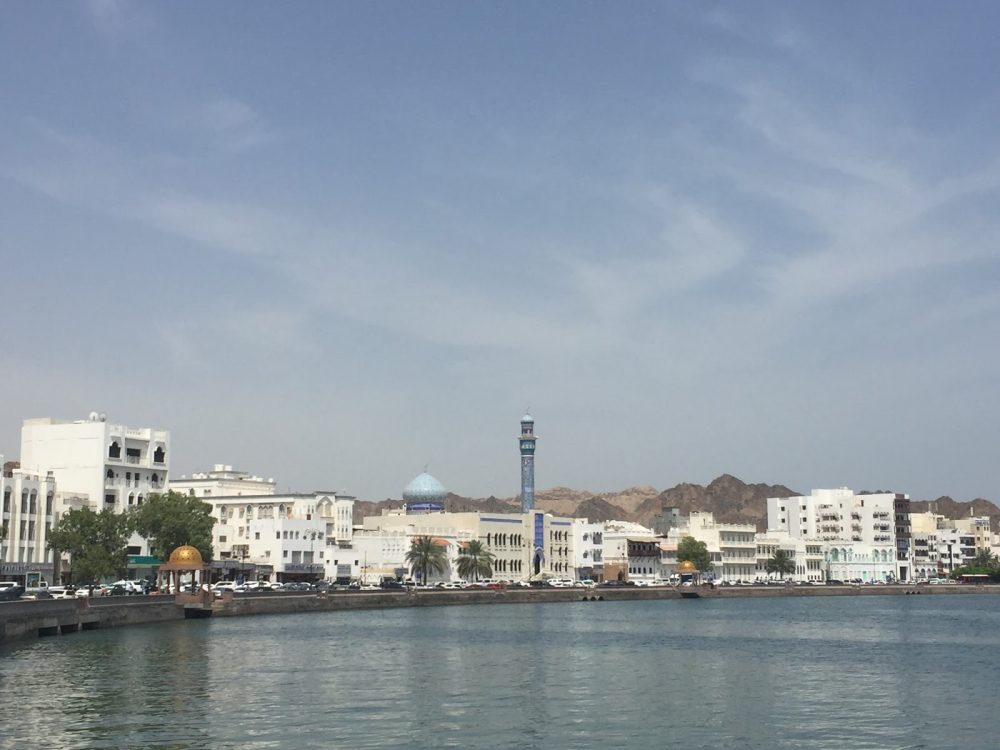
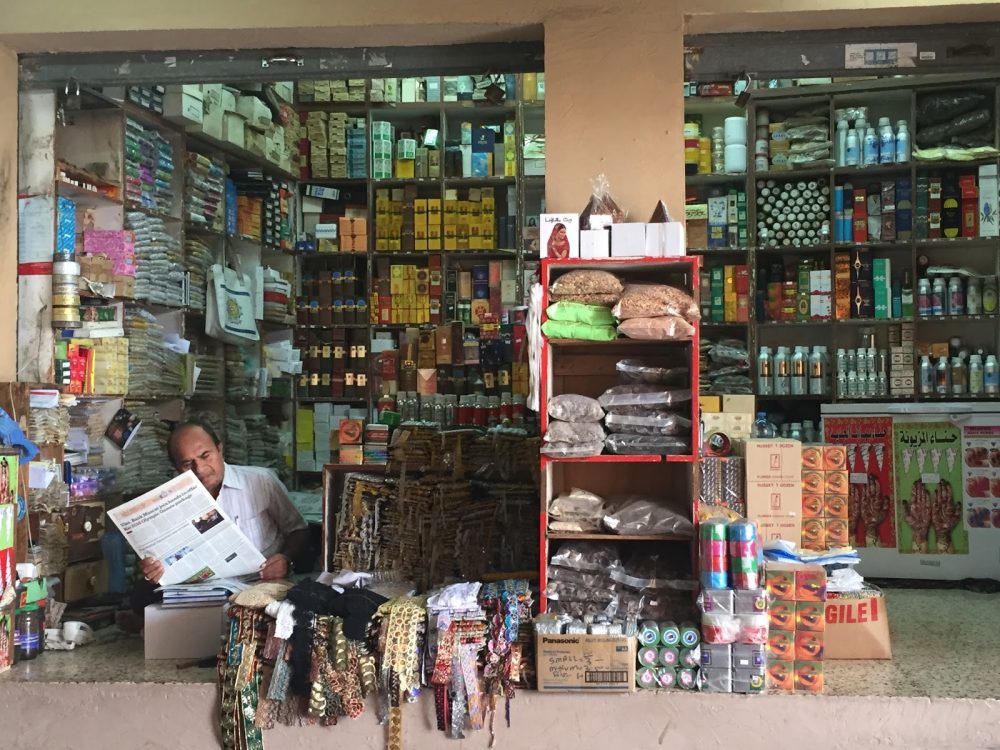
Muscat itself is a long, long city; stretching about 40 miles from Muscat, the small, old capital to the Seeb International Airport, is evolves from old to new, from craggy hills to flat shoreline. There are fine museums, opera houses, beaches, parks and shops; there are numerous restaurants and magnificent public buildings. No expense has been spared, and a remarkable restraint on eccentricity has been observed.
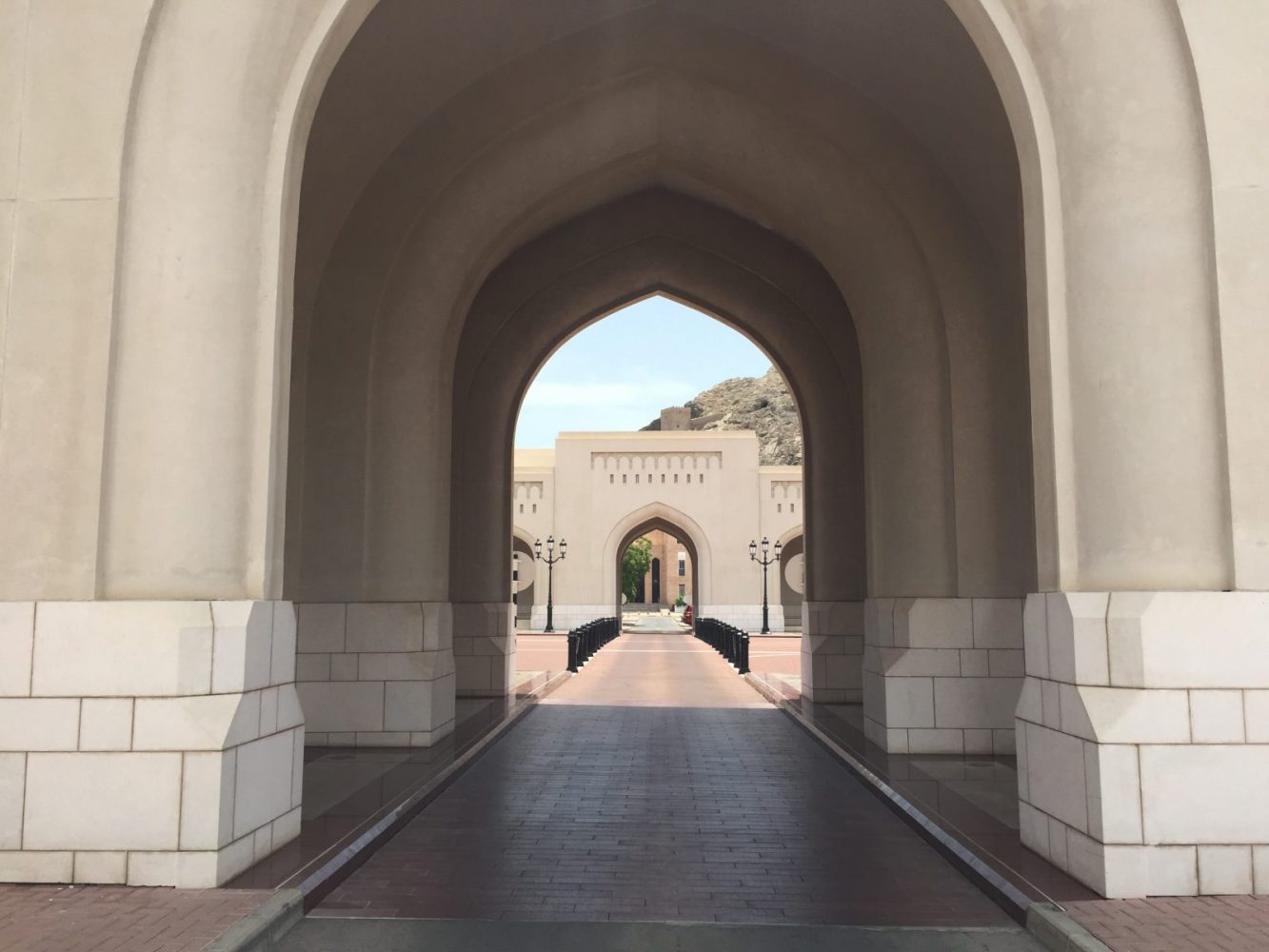
To leave the city and head in to the hills is to be transported to another era; small villages with their characteristic houses, unorthodox collections of shops and imposing mosques are most curious. The weather, sadly, was not the best, and a dust haze obscured the mountains from any distance, but seeing the Al Hajar range from a distance was impressive. As we approached, and headed to Nakhla Fort, the sheer power of the region was quite obvious.

The fort, built some time between 600 and 700 AD is impressive; there is little visible of the original site, but through lavish application of appropriately coloured plaster, a very reasonable facsimile of the original is there for one to view. I am actually pleased that they have gone for a complete makeover, and the site is most impressive.
It sits, predictably on a Wadi (or river), and close to the site are the springs that feed this vital watershed; they are unusually hot, and pour endlessly from a small opening in the rock, and presumably have been doing this for millennia. There are many forts, many castles, many wadis and oases to visit, and I am already looking forward to returning to Oman to explore much more of this hidden gem.
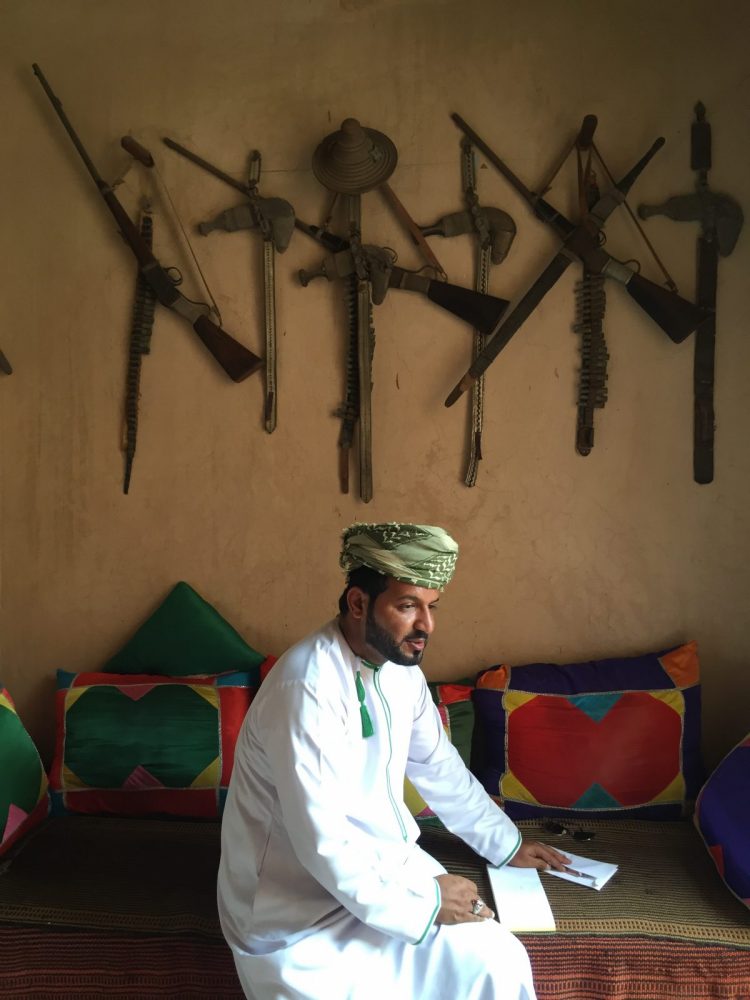
My guide for the afternoon excursion was Suleiman, a young man with three children, the youngest of whom was three weeks old. I mention this only because as I heard this as we drove hastily through the singular Omani traffic, I hoped that he wouldn’t fall asleep. His knowledge of Omani history was encyclopaedic, and while I can remember little detail from what he told me, I recall enough to make me want to learn more before my inevitable return.
Taking a day tour made the country come alive, and it was the perfect balance to the independence of a self-drive car. Driving in the region is not difficult; road signs, as is the way of the world, are erected by those who live in the area and know where every place is, and this generated the odd frisson as one’s exit whizzes by. However, in general, a car hire in combination with one or two guided tours is a fine way to explore and learn about this remarkable country.
Oman is a little reticent, a quality that has kept this nation strong, and that has allowed it to develop away from the world’s gaze. It has allowed Oman to become a real treasure, and a destination that will only become more popular as time goes by.

